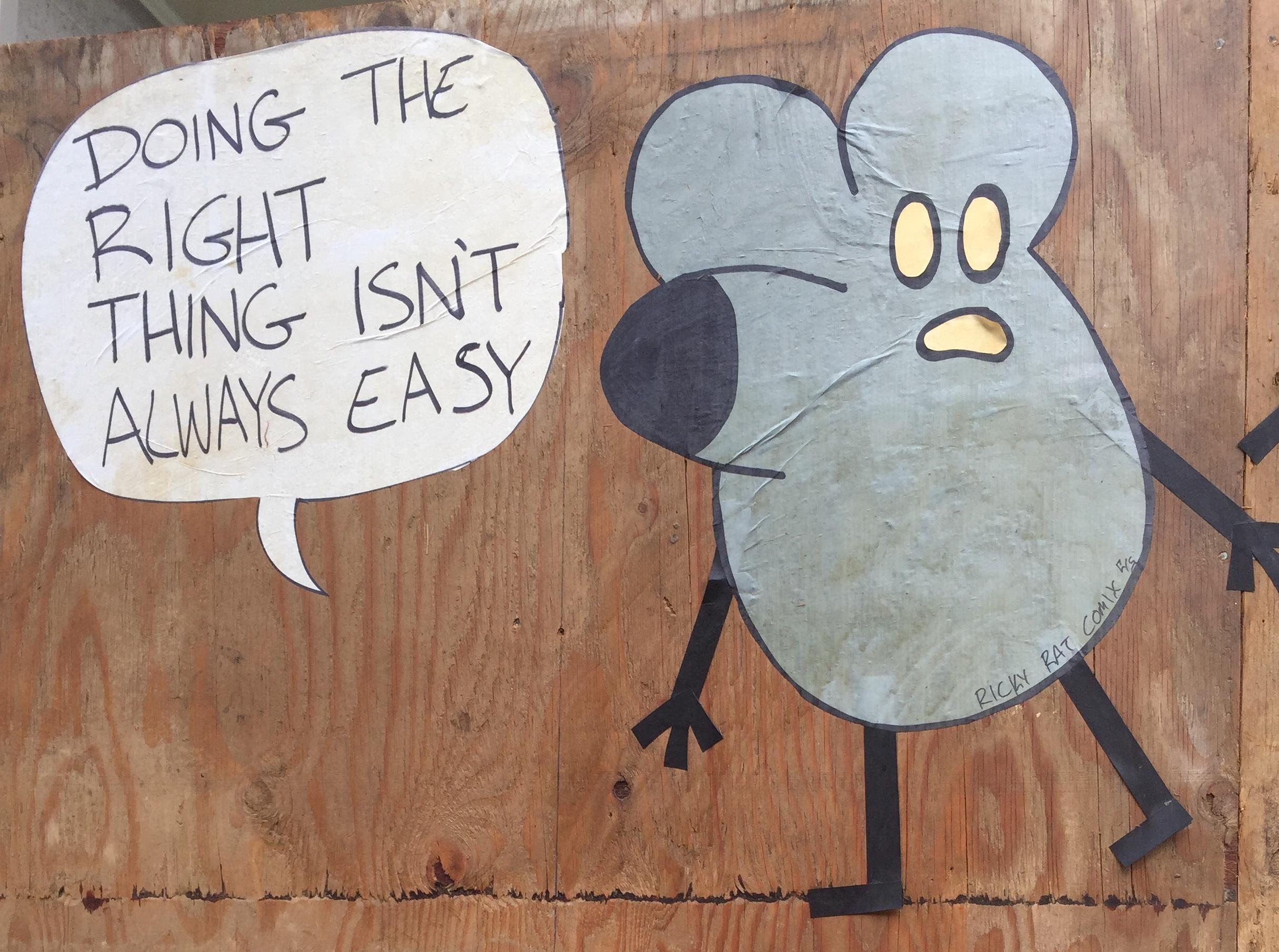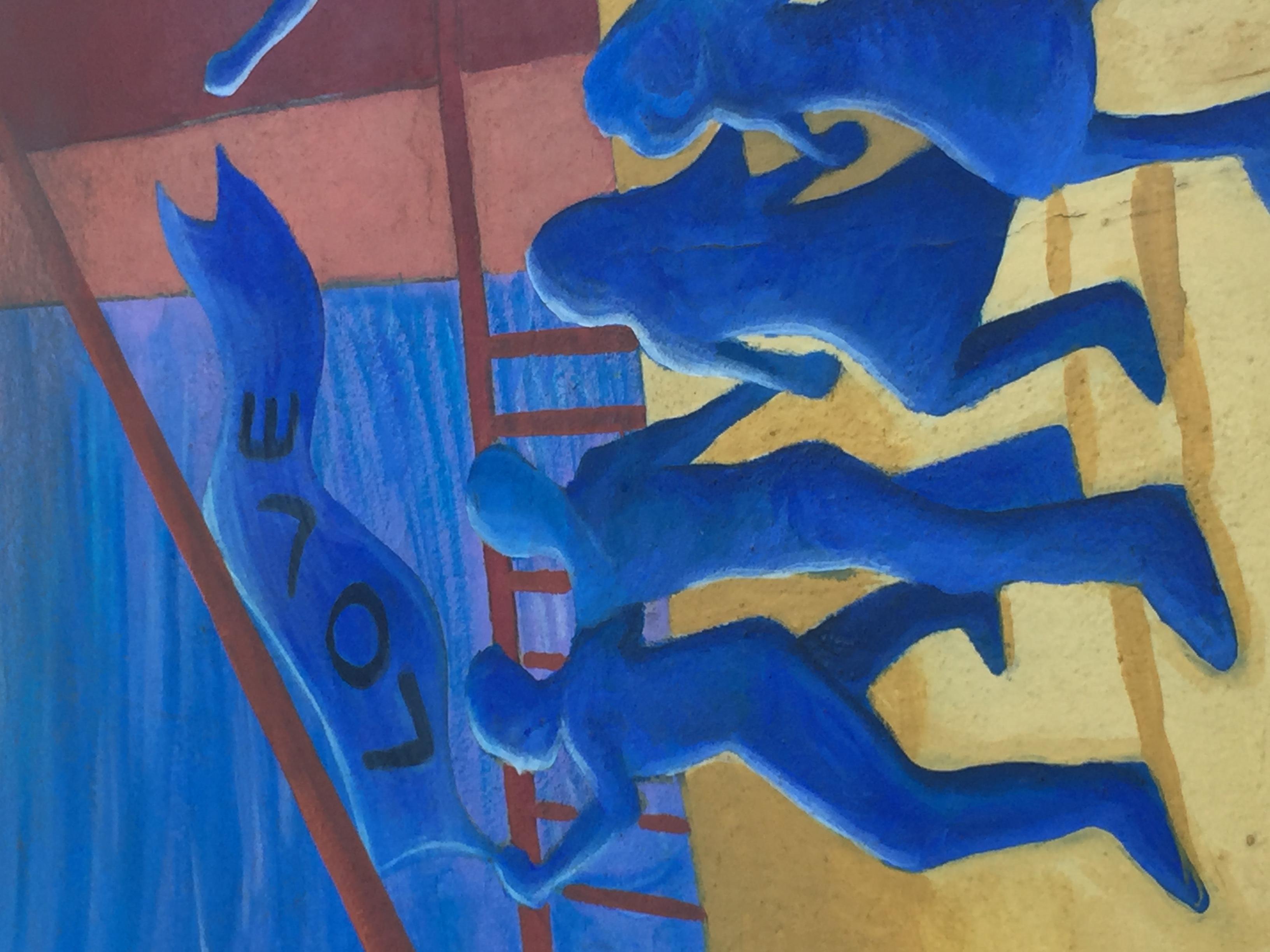12 Top Tips to Broaden Your Nonprofit Donor Community
Philanthropy should not just be about big checks.
That’s why you should never eschew small gift fundraising. Today I’m offering some tips for building and mobilizing your community to find, sustain and grow smaller gifts.
This is important, because a donor’s first gift is seldom their largest. It’s a starting point.
The majority of your gifts will be small, but the majority of your income will come from a small group of major donors.
You have to grow this cadre of loyal, passionate philanthropists by building relationships with supporters over time.
The lion’s share of major gifts come from previously small gift donors.
A client I’m working with told me 50% of their major donors began with very small gifts. How about tracking this for your organization? Sure, some major donors come in at the top. But I’ll bet you a majority start by dipping their toe in the water. How can you get folks more fully immersed?
Details


 Spring is always a good time for rebirth and dusting away the cobwebs. And what a grave, dusty, cobwebby year it’s been.
Spring is always a good time for rebirth and dusting away the cobwebs. And what a grave, dusty, cobwebby year it’s been.




 Everyone is saying it.
Everyone is saying it.
 Times are tough. It’s easy to get demoralized. Especially if you work for a business, nonprofit or otherwise, that doesn’t feel ‘essential’ in today’s environment.
Times are tough. It’s easy to get demoralized. Especially if you work for a business, nonprofit or otherwise, that doesn’t feel ‘essential’ in today’s environment.
 I’ve been writing since this pandemic began about the importance of staying connected to donors right now.
I’ve been writing since this pandemic began about the importance of staying connected to donors right now.